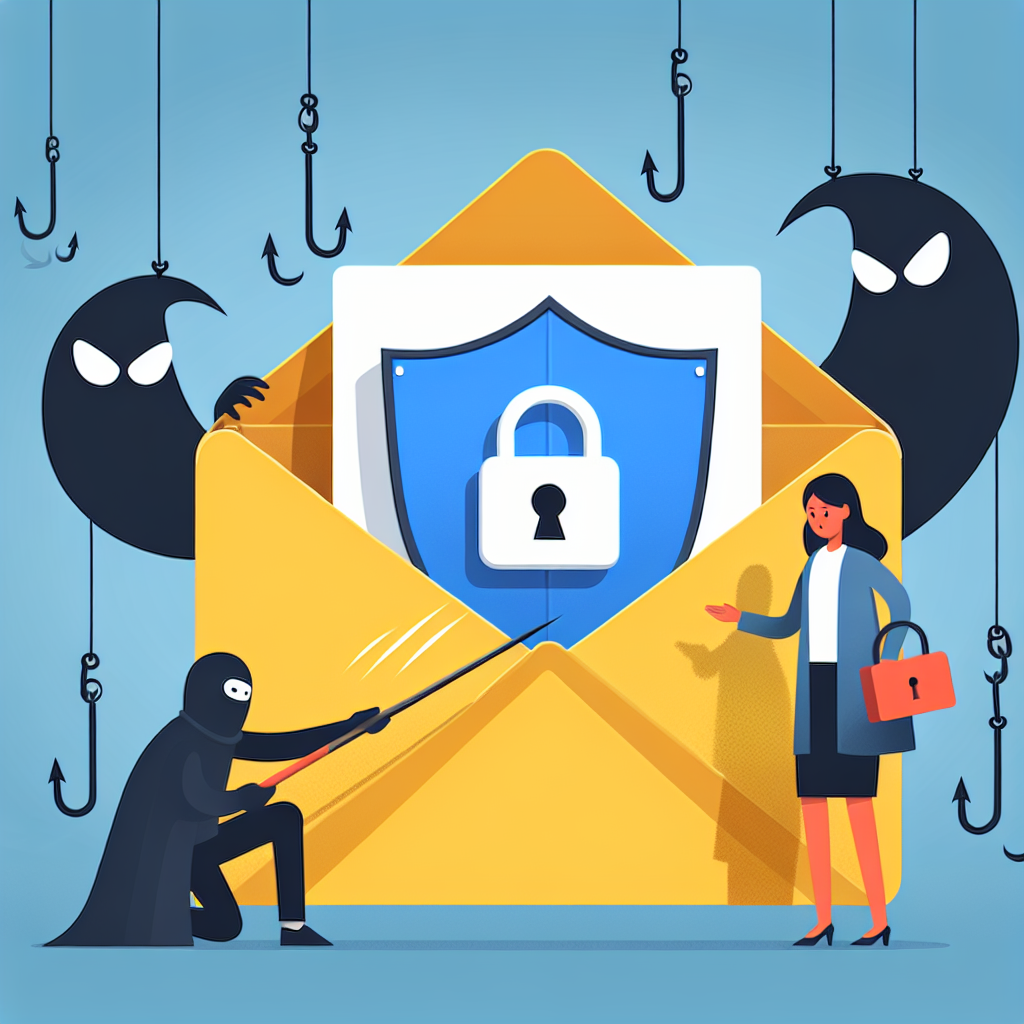Protect Your Inbox: A Deep Dive into Preventing Phishing Attacks
Understanding Phishing Scams: A Modern Threat
In an age where technology is deeply integrated into our daily lives, the threat of phishing scams looms larger than ever. Whether you’re a casual internet browser, a small business owner, or an industry expert, understanding phishing is crucial to safeguarding your personal and professional information. Phishing scams can ruin reputations, cause financial loss, and lead to identity theft. This article delves into the intricacies of phishing scams, offering techniques for identification, prevention strategies, and resources for further education.
What is Phishing? The Basics Explained
Phishing is a form of cybercrime in which attackers impersonate legitimate organizations—through emails, social media messages, or websites—to trick individuals into revealing sensitive information such as passwords, credit card numbers, or personal identification. The term “phishing” originated as a play on the word “fishing,” alluding to the lure that bait presents to catch unsuspecting victims.
Types of Phishing
-
Email Phishing: The most common form, where attackers send fraudulent emails that appear to come from reputable sources.
-
Spear Phishing: A targeted form, where attackers focus on specific individuals or organizations, using personalized information to build credibility.
-
Whaling: A type of spear phishing that targets high-profile individuals, such as executives or key stakeholders.
-
Vishing (Voice Phishing): Attackers use phone calls to trick individuals into providing personal information.
- Smishing (SMS Phishing): Similar to email phishing but conducted through text messages, often directing victims to malicious websites.
Identifying Phishing Scams: Spot the Signs
Phishing scams can be sophisticated, making them difficult to detect. Here are key indicators to watch out for:
-
Suspicious Sender: Emails from unknown sources, especially those with strange email addresses, should raise red flags.
-
Urgency/Limited Time Offers: If a message creates a sense of urgency, it’s likely a scam. Phishing attempts often include threats or promises of rewards.
-
Generic Greetings: Legitimate organizations typically use personalized salutations. Messages that begin with "Dear Customer" may be suspicious.
-
Strange Links: Hover your mouse over hyperlinks to preview their URLs. Be cautious of links that lead to unusual domains.
- Spelling and Grammar Mistakes: Many phishing efforts contain grammatical errors or awkward phrasing—signs they may not originate from a professional organization.
Strategies to Protect Yourself
The fight against phishing scams requires vigilance and proactive measures. Consider the following strategies to enhance your online security:
Use Multi-Factor Authentication (MFA)
By enabling MFA on accounts, you add an additional layer of protection. Even if your password is compromised, the extra security step can prevent unauthorized access.
Regularly Update Passwords
Change your passwords frequently and avoid reusing them across multiple accounts. Utilize password managers to generate and store complex passwords securely.
Educate Yourself and Your Team
Awareness is your first line of defense against phishing. Conduct regular trainings for yourself and employees, helping them recognize phishing attempts and respond accordingly.
Install Security Software
Robust antivirus and anti-phishing software can help detect phishing attempts and block malicious sites. Ensure your software is up-to-date to provide the best defense.
Resources for Staying Informed
Staying informed about the latest phishing tactics and security measures is essential for anyone navigating the digital world. For an in-depth understanding of cybersecurity and to enhance your defenses against phishing scams, Click Here to learn more. This resource provides up-to-date information, tips, and techniques tailored to help you and your organization stay secure online.
Conclusion: Your Role in Combating Phishing Scams
Phishing scams are a persistent threat in our online lives, but awareness and knowledge can empower individuals to protect themselves and others. By understanding what phishing is, recognizing the signs, and implementing preventative measures, we can create a safer digital environment.
In today’s interconnected world, your vigilance is vital. Share this knowledge with your colleagues, friends, and family members. Encourage them to remain aware of potential phishing scams and to take the necessary precautions to safeguard their information.
As cyber threats continue to evolve, staying informed and prepared is your best defense. Explore resources, engage in continuous learning, and contribute to a more secure internet for everyone. Embrace this responsibility—after all, protecting your online presence is not just a personal concern; it’s a collective effort to foster a safer digital community.

